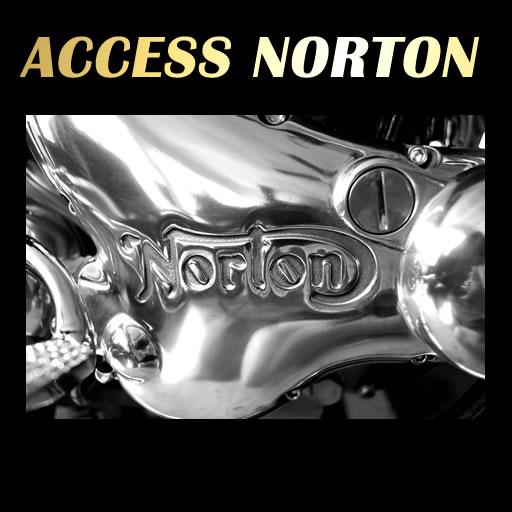- Joined
- Jan 1, 2018
- Messages
- 60
I wanted to share my recent experience. I rebuilt my 850 MkII engine last year. Before I took the engine apart I did a test on the dyno to have a base line. After the rebuild I did another run last week. The engine has around 8000km on it now. See below comparison of power and torque. Same Dyno was used.
There seems to be a shift in the rev range between the two runs. This may be related to my tacho being broken this time so the Dyno guy somehow ‘calibrated’ the scale by the roller speed. Not sure if that was correct.
Condition prior to engine rebuilt:
Condition after rebuilt:
There seems to be a shift in the rev range between the two runs. This may be related to my tacho being broken this time so the Dyno guy somehow ‘calibrated’ the scale by the roller speed. Not sure if that was correct.
Condition prior to engine rebuilt:
- Compression approx. 8:1 (measured)
- Piston: original flat top pistons 0.2 oversize
- Barrels rebored approx. 10,000km ago; immaculate condition
- Camshaft: stock; appeared to be in good condition
- Valves: stock; head was rebuild approx. 20000km ago
- SAE 50 monograde oil used when I had the bike and my mate before that
- Amal 932 sleeved; probably original; main 260, needle jet 106, needle at top position
- Ignition: Pazon
- Ignition timing probably at around 30 degrees
Condition after rebuilt:
- Compression: 9.4:1 (no base gasket, thin JS copper head gasket, head milled down 1mm)
- Piston re-used with new rings
- PW3 camshaft (cast iron from AN); timing had to be corrected by 5 degrees
- Inlet ports widened around the guides, guides narrowed down on the sides
- Outlet ports cleaned up
- Valves redressed and re-used; rings re-cut; valves probably sit quite deep in the head now.
- Trispark ignition with Trispark twin coils
- Rockers lightened
- Pushrods shortened
- Followers reground
- Amal premier (230 main, 106 needle jet; needle at top position; slides No 3)
- Ignition timing at 26 degrees
- Full synthetic oil 20W50

